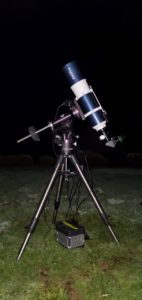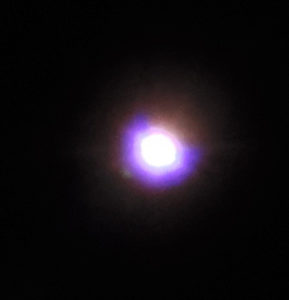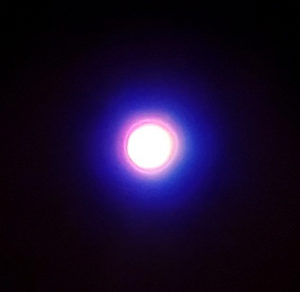Celestron Omni XLT 150 f/5 Refractor Review
By: Vlad Fedosov
11/23/20
Intro:
Ahhhh refractors, it seems like I keep on coming back to them time and time again! This time around I had a chance to test out a very fast big achromatic refractor and was really excited to see how this big boy would perform under the stars. The scope in question is the Celestron XLT 150 F/5. Now mind you Celestron actually makes a Newtonian version of the scope with the same exact model name! The XLT 150 refractor has a focal length of 750mm, weighs in at 12.5lb(listed), and as the name implies has the XLT coatings on the objective. Let’s dive in and find out how this big boy behaves under the night sky!
Testing:
I evaluated the XLT 150 in my simi-dark sky backyard in Silverlake, WA. This particular night was moonless and enjoyed about average transparency. Since it was fall, I felt this was prime time to let loose the fast achro. Why? Well, Cygnus was still out with its huge deep-sky objects such as the North American and Vail nebulas. Cassiopeia and Perseus were also raising in the evening sky with its wealth of large and small open star clusters. I had the scope set up on my Losmandy g11 mount ready for some manual wide-field star hopping(no GOTO needed here;).

I began the night by looking at the large extended nebula including the Vail and the North American nebula. These objects respond well to low powers and an O-III filter. The XLT 150 fit the bill perfectly as I outfitted my 26mm Nagler with a 2” O-III filter providing 28.8x and a 2.8° field of view(FOV). The refractor immediately impressed by giving a very nice view of these huge nebulae. The view was contrasty and at this filtered and low power view, the chromatic aberration(CA) was quite at bay.
Next up I decided to do some viewing of open clusters in the Perseus and Cassiopeia region of the sky. First up was non-other than the Double Cluster! This is always a fine sight in almost any scope, but a large refractor certainly makes it a treat! Digging in beyond the initial wow factor I was able to see the two bright carbon stars in the cluster with ease but did note that the orange color was not quite as evident especially compared to my Takahashi FSQ-106. I next swung around to the ET cluster and this was also a real treat. Lastly, I took a look at the now rising m45, the Pleiades. This cluster is quite a nice sight and I could just barely make out the nebulosity around the 7 sisters. It was with these bright stars that even at 28x I began to see some secondary color. More on that later. Overall I’m not quite sure what exactly makes the view of open clusters so special through a refractor but they do provide a bit more wow factor than other scopes(it’s likely that refractors provide a bit tighter star image and have a bit more contrast than other scopes)!
After seeing a little bit of CA even at low power I was now curious to examine how the overall color correction was on this scope. I was not expecting world-class performance in this department since after all this is a fast achro…. I still wanted to see how it would fair once the power started going up.
This first image of the secondary color when using the 26mm Nagler producing 28x on Mars. Images where taken with eyepiece projection with my Galaxy Note 10.

Next, I switched to the 12mm Nagler producing 62.5x. As you can see there is already a significant amount of secondary color even at this mild magnification. The planet’s disk was quite apparent and at this low power, I would say the secondary color was still not enough of a hindrance to really affect the amount of detail seen.

Lastly, I decided to really up the power and use the 3.5mm Nagler producing 214x which is around what I’d normally use on the planets. At this power, the image of Mars did display some surface detail but the secondary color was kind of overwhelming and I felt was really affecting the contrast of the details.

Having talked about the optics let’s switch over to the overall build quality of the scope. The unit that I owned was outfitted with a GSO two-speed focuser so I cannot comment on the stock focuser unit. Overall I found the construction of the scope satisfactory. The paint and finish everywhere is typical of an entry-level scope. The rings were also serviceable. Overall at the very reasonable price of admission for a 6” refractor, I was really happy with how the scope looked/felt.
Conclusion:
In conclusion, if you’re wondering if I would recommend this scope to you? Well with this one it really, really depends. Would I recommend this to someone that is going to use it as their primary instrument? No! This scope is really a specialty instrument that is designed for one job: to scan the night sky at low power! If you already have a different scope that satisfies all your other observing needs this is indeed a very worthwhile addition to your scope arsenal if your someone that loves to scan the night sky at low power.
